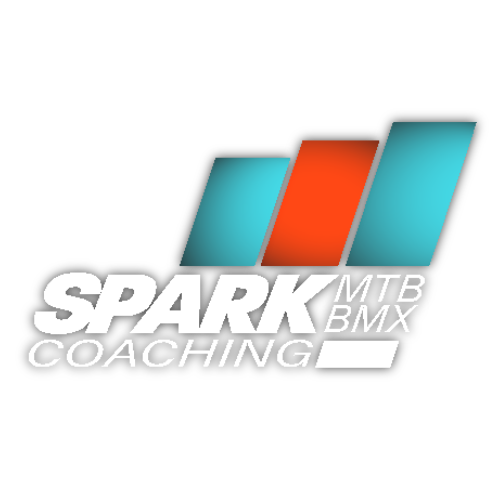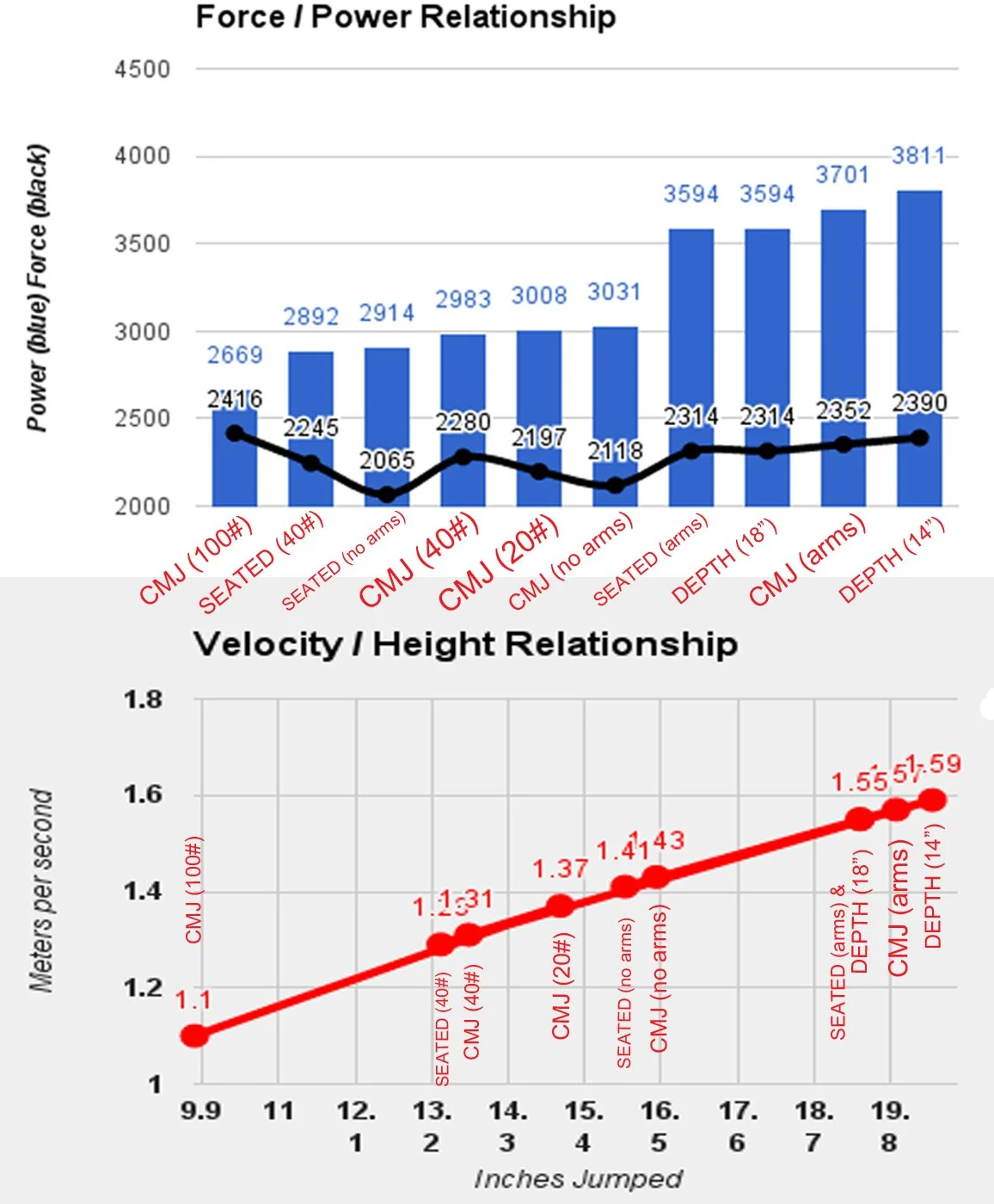PLYOMETRICS AND JUMP TRAINING FOR BMXERS
Are you getting the most out of your plyos? Do you even know what plyometrics are? Want to understand how to better train your body for specific physical qualities? Well, then I gotcha in this article.
The Box Jump is one of those exercises that we see almost every BMXer using in their training. Some do it from a seated position, some standing, and everything else imaginable. But which one is the best? Well, it depends…
First I would like to clear up one detail on plyometrics. You actually need to create a stretch-shortening effect on the muscles and tendons to take full advantage of a plyometric exercise. In English, this means – you need to go down to create a stretch before you go up. Your muscles and tendons will act like rubber bands to give you a little more power.
In this video, I show you 10 different types of plyometrics and jumps. Some of them are plyometric exercises, and some are not. Watch this, and after we will discuss the differences between the exercises, and figure out when to use them.
These are just a small variety of different explosive exercises you can use. I chose these because I assumed they would be good examples of exercises that represent both ends of the FORCE/VELOCITY CURVE. What the heck is the Force/Velocity curve? Glad you asked!
FORCE/VELOCITY CURVE
Much of what I’m going to write is probably an oversimplification of physics, statistics, and high-level sports science because I’m still wrapping my mind around much of this. So if I’m screwing anything up, don’t let it get your pocket protector in a bunch. I would, however, enjoy any discussion on this in the comments below.
In a Squat, FORCE is how hard you push your feet into the floor. VELOCITY is how fast the bar/you move as you stand up. Maximum force is applied when the object you are acting against (barbell, kettlebell, gravity, brick wall) is very heavy. If you were to try and push a car up a hill your force would need to be extremely high to get the car moving. As it gets rolling, your velocity would be higher and your force would be lower.
As the velocity gets higher, the force decreases. As represented in this highly scientific diagram.
Another example is something like a maximum effort, heavy Barbell Back Squat would require a big amount of force, but a low velocity. A very light Barbell Jump Squat would be lower in force but much higher in velocity. As you may imagine, a barbell back squat with around 50% of your max load would probably display a medium level of both force and velocity.
And now to make it even more complicated, POWER is measured as the amount of work you do divided by the amount of time it took. So a 135-pound Back Squat that only takes the athlete .5 seconds to stand up with is more powerful than someone that did 225 but took 1 second (if my math is correct). The 225-pound Squat would have generated more force initially but less overall power. Got it?
Some people are very strong and tend to be better at applying force to the ground. Other people are not particularly strong but they are blessed with fast twitch muscles and can accelerate quickly. So with proper training, we can either take the strong athlete and make them quicker or take the fast athlete and make them better at creating force.
WHAT EXERCISES ARE BEST FOR PRODUCING FORCE & VELOCITY?
Well, based on what we now know about the relationship between maximum Force and maximum Power… we can choose better weights and/or exercises that meet our desired goals.
A skinny, weak but springy athlete may not benefit as much from doing high velocity/lower load plyometrics as he would from training producing force with slower exercises and higher loads to some degree. An athlete that is really strong but has a tough time applying force quickly, should probably train to be faster and produce more power.
OTHER CONSIDERATIONS
So remember that stretch-shortening thing I mentioned earlier? Yeah, you will definitely want to use that for achieving maximum power/velocity.
How do we do that? In a jump, you have to create a stretch in your muscles and tendons by creating downward momentum. You can do this in a few different ways. One, by using your arms properly. This is HUGE. In the graph below, notice just how much more power and velocity is achieved by the use of the arms.
Another way to maximize the stretch-shortening cycle is to jump off of something, land, and then rebound off of the floor as quickly as possible. This is called a Depth Jump/Drop. You should also notice that there is a sweet spot for the height of Depth you should drop from. Too low and you don’t get enough plyometric effect. Too high and you don’t have the ability to fully react to the force of the drop. In the graph below you can see that a 14″ drop was better for me than using an 18″ drop. One more note, Depth Jumps are a fairly high-level exercise. This is for the older athletes who have several years of training experience under their belt.
The last point I want you to consider is that although plyometrics and stretch-shortening seem to produce the most power, riding a BMX bike doesn’t create much of a plyometric effect. In traditional sports like Basketball, Football, etc. where you are changing direction, running, and jumping, you are experiencing a stretch–shortening effect. In pedaling a BMX bike… not so much.
In BMX, while pedaling, it’s a cyclical action without the same ground reactive forces. So we need to be good at pushing without relying on the plyometric effects. This means that a good program would most likely include some seated jumps. How many, how often, and with what weights? That all depends on what effect you’re trying to create.
READING GRAPHS AND NUMBERS
The data we can collect now with just a little bit of technology is freaking amazing! I recorded the jumps from the video (earlier in the article) and recorded some things like…
FORCE
VELOCITY
VERTICAL JUMP
POWER
By graphing some of this data you can better see what exercises are the best (for me) at maximizing any combination of those qualities.
A few things that I want to point out with my findings.
Notice the relationship between the power, velocity, and vertical jump. The more power, the higher the velocity and jump.
Notice how big of an effect on power using the stretch-shortening cycle and the arm swing. From a seated position without the use of arms, the power and velocity are much lower.
The highest force was generated by doing a jump while holding 100 pounds. I’m guessing that if I used a bar that allowed more load, we would have seen the force (black line in the first graph) continue to dramatically go up as a better representation of the force/velocity curve. The force I created was fairly steady throughout the jumps I suppose because of the fact that they are done at a higher velocity.
DETAILED BREAKDOWN OF EACH EXERCISE
CONCLUSION
I hope you have a better understanding of what each exercise does and how to optimize your own training plan based on your needs. Please remember that not everyone is ready for all of these exercises. Kids need plyometrics but they should get the bulk of that training from play, and lower level training. They DO NOT need to be doing heavy weighted jumps and super high depth jumps. Also, power in older adults is very important. As you may imagine, some of the same rules apply to the older population as with kids. Don’t go overboard, because with higher forces, and velocities, comes bigger impact on your joints.













